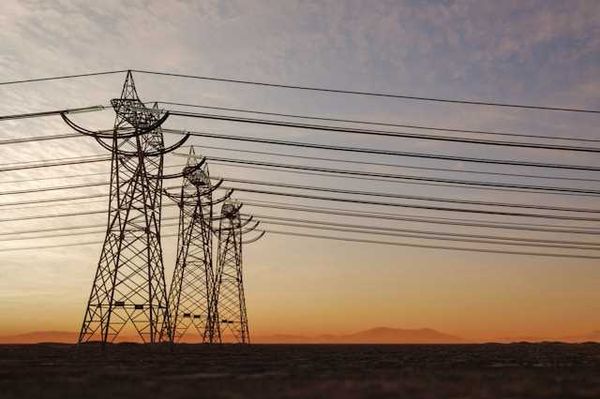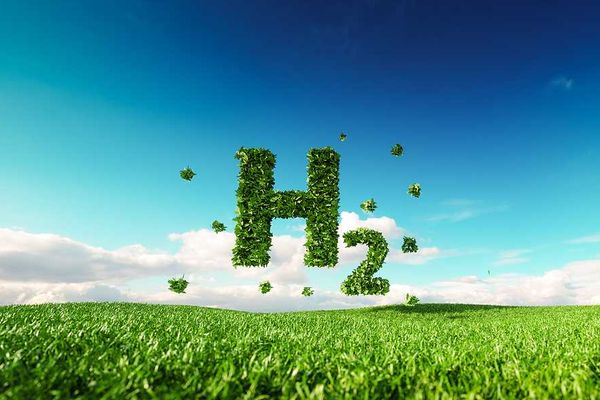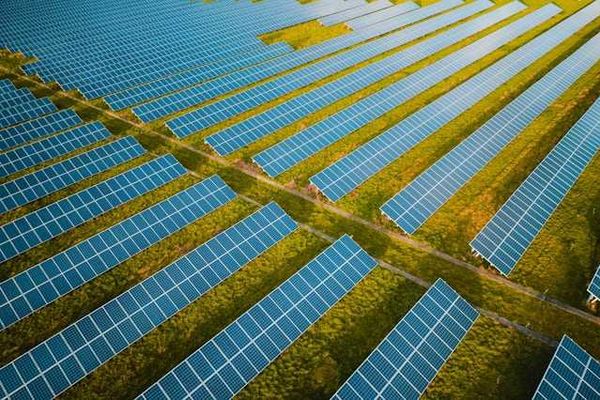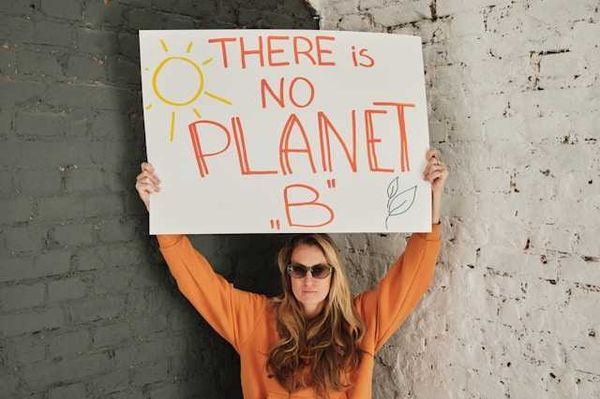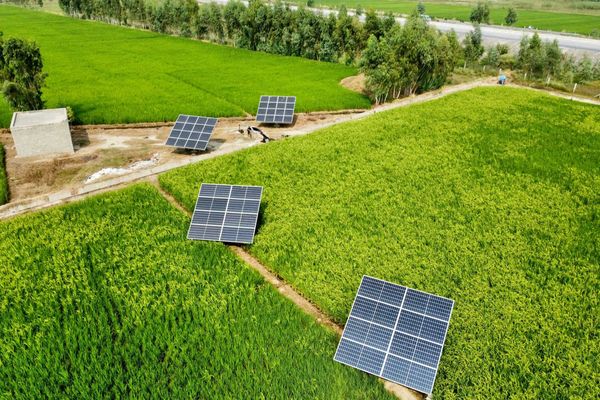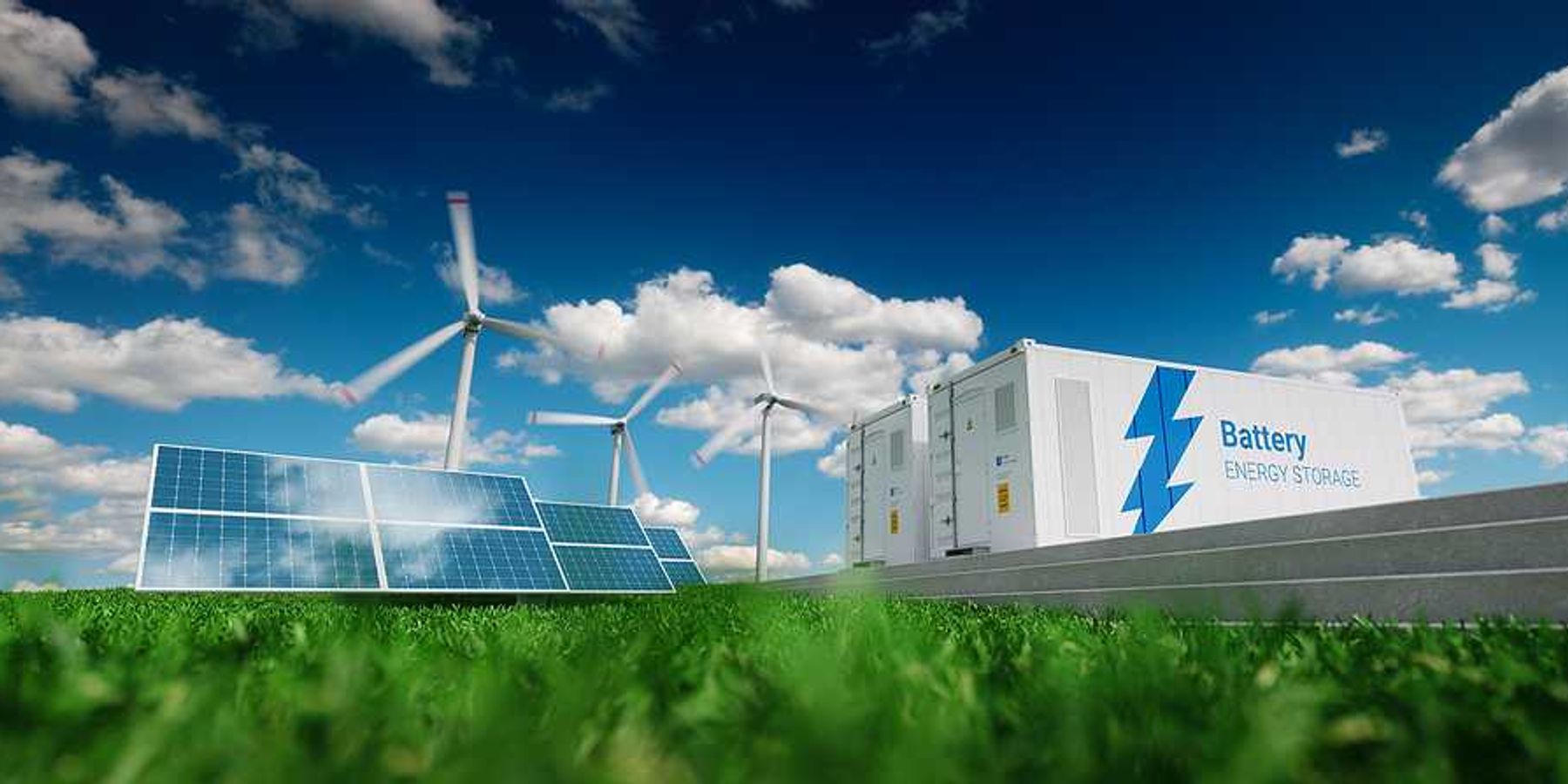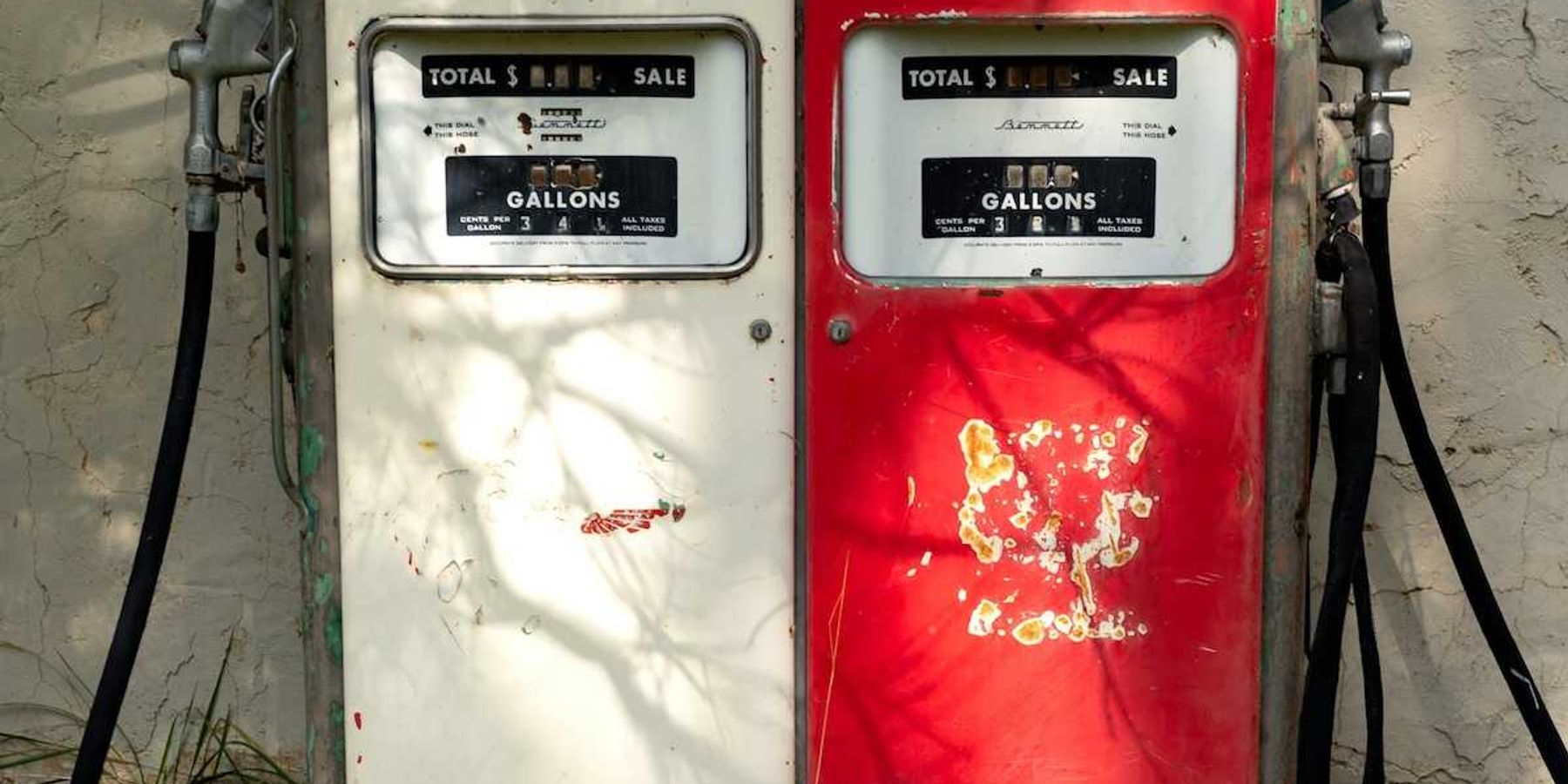renewable energy
Utility asks New Mexico for 'zero emission' status for gas-fired power plant
A New Mexico utility is seeking a “zero-carbon” label for part of its new gas plant, sparking criticism that it skirts climate law and shifts billions in costs to consumers.
Germany's green hydrogen industry is running out of time
Germany’s green hydrogen sector is struggling to scale up as demand remains far below expectations, leaving manufacturers with excess capacity and mounting financial strain.
Portugal’s proposed Sophia solar park sparks backlash over environmental and community impacts
A massive solar park planned for the Beira Baixa region of Portugal has drawn intense opposition from municipalities and environmental groups, who warn the project’s scale could irreversibly damage landscapes, habitats and local livelihoods despite the developer’s assurances of mitigation measures.
How the UN’s language around climate change risks is ‘eroding’ public trust in science
Solar energy protects German vineyards from climate change
Opinion: How Maryland can meet its energy goals without sacrificing farmland
There's no question that Maryland needs more, and cleaner, energy, and there's no question that the state is losing farmland at an alarming rate. But the state can achieve the first without worsening the second.





